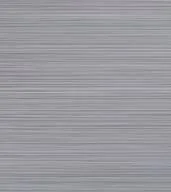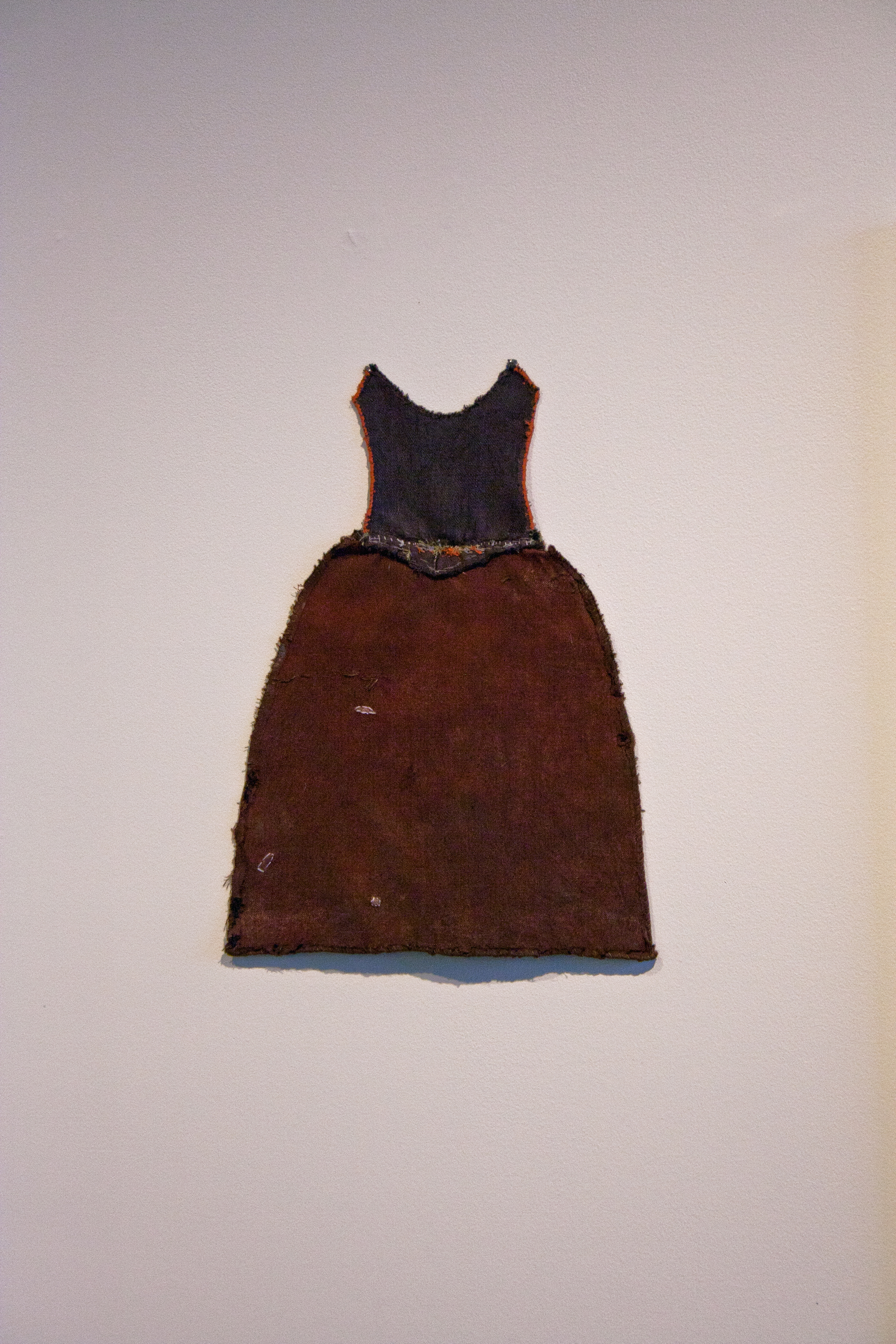Paul Collins
Paul Collins' studio is located in the 100 Taylor St artists collective in Germantown. He shares the space with his wife, Alex Blau. When Collins is not teaching at Austin Peay, or off doing a cool residency somewhere, he is painting in his studio. His new show, on display at Zeitgeist this month is called "Soft Bark."
What do the trees in “Soft Bark” mean to you?
The trees are all trees from my neighborhood. they’re all pictured as tree trunks in line with the parade of trees lost over the last few years. Some are pictured as cut, and some are drifting away under their own power.
When did you begin painting trees?
I’ve been painting trees since I’ve been painting (c.a. 1987). Like real trees they are sort of always around but infrequently appear as a focus.
How do you feel about trees?
I’m a tree hugger, but i’m a gardener so I’ve cut my fair share (it was for their own good!). Honestly, I am sincerely reverent and sadly passive for/about trees. The title is self-critical. I can look all day long and paint their forms but there’s a treemageddon going on and I’m just fiddling away.
How does the theme of suburbia tie into this work?
Well it’s where I live, and the setting for these images. I grew up in suburban new jersey and I love the sometimes uneven visual transitions that abound.
Where does all this yellow come from?
My connection started with the sunrise and the yellow world of dawn while walking around the neighborhood. I made my first yellow on yellow piece 3 years back for a show at Dane Carder’s studio and the silliness of it haunted me. Yellow is its own challenge- such a weird complicated color. In these tree paintings yellow comes in as journeyman actor with a lot of changing roles: demonic headlights, a flashbulb, dawn or the apocalypse, the golden background of a gilded icon, urine or tree sap.
How did the elements of collage come into this work?
I wanted to bring trees into the images with great detail but without the weight of a rendered or crafted mark. I wanted them to be entities that could variably participate in the picture or be aloof to my process of picture making. Collaging them in as photos was perfect. It excited my brain to drag the photograph’s reality and its perfect factual alienness into the warm soup of painting’s plastic image manipulation. Another reason collage took hold is that it established a practical link to my everyday iPhone photos and that’s a connection I don’t use enough. Lastly it’s been great because collage has offered a lot of opportunities to explore different ways to paint. In the latest pieces the collage elements are all painted but are still recognizable as composite realities. Those recognizable samples and seams are all from collage.
Peter Saul
Which artists do you see a connection to with this work?
Serial works toward a personal narrative of complicity: HC Westermann, Ed Ruscha, Andy Warhol and Llyn Faulkes.
Polyvocal paintings contributing to a narrative of complicity: Kippenberger, Polke, David Humphrey, and Nicole Eisenman
Love of energetic picturemaking emerging from personal experience: Robert Colescott, Peter Saul and Momma Anderson Ardent
Nature lovers: Charles Ray, Jay Defeo, Charles Long, Charles Burchfield, Lynda Benglis, Roy Deforrest, Forrest Bess and Naomi Fisher
Color fairy light lovers: Maxfield Parrish and Alex Katz.
Soft Bark by Paul Collins is on display at Zeitgeist March 5 - April 30, 2016


































